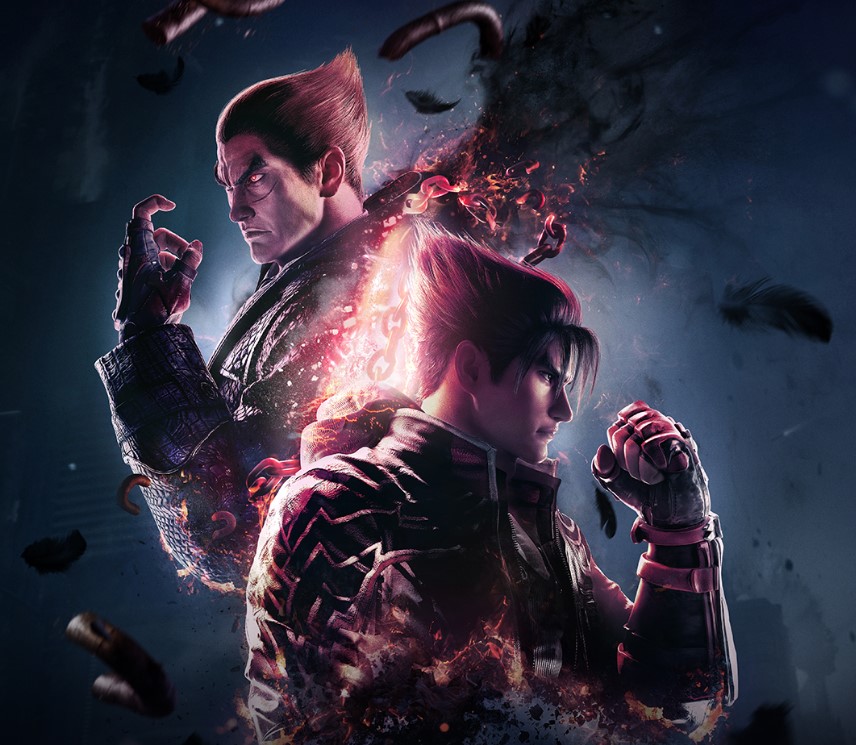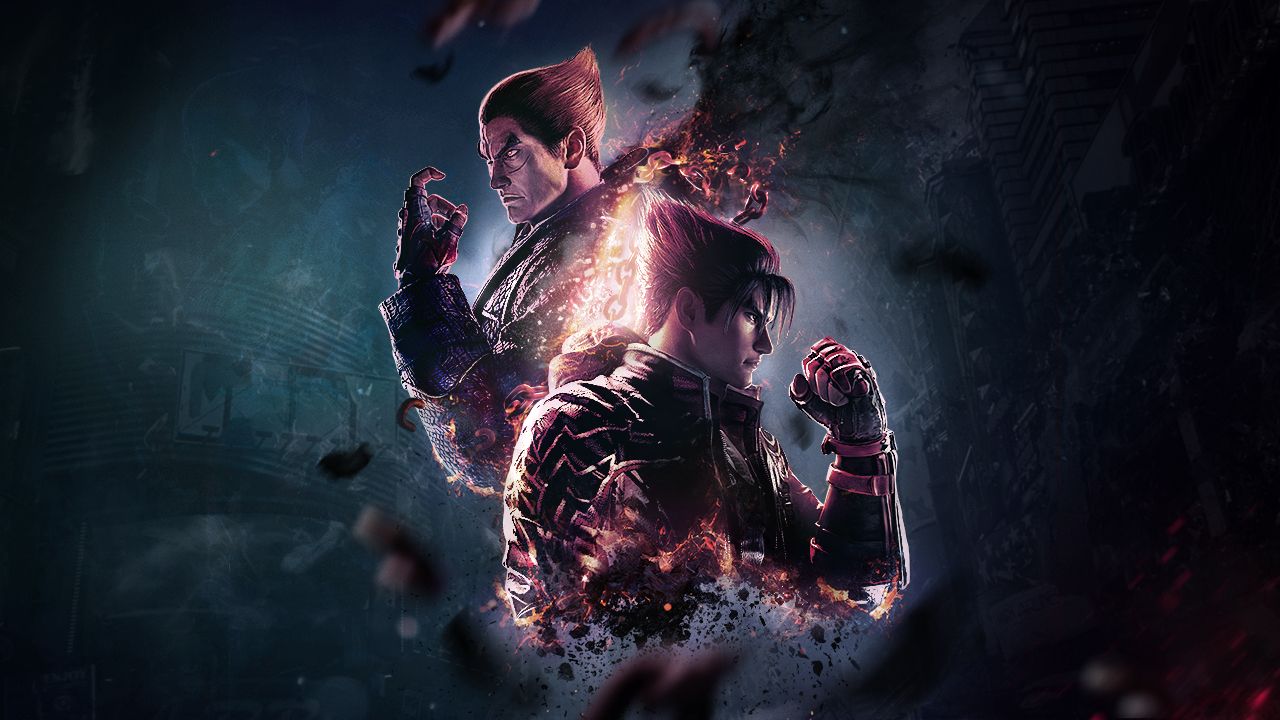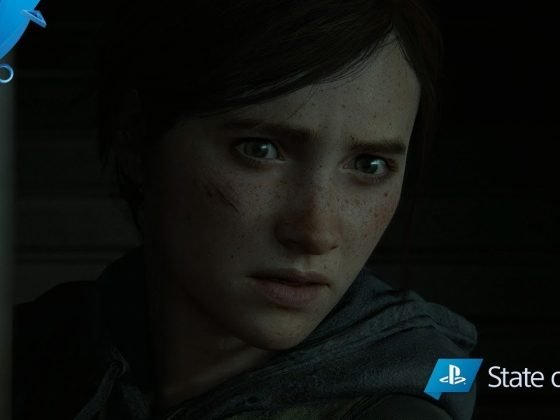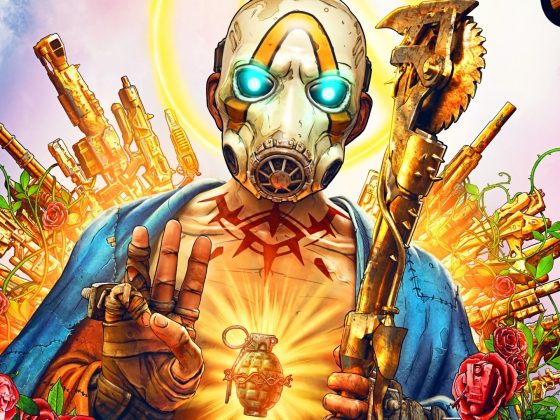Known as the ‘father of pac-man’, Masaya Nakamura left a gigantic footprint on the gaming industry. His contributions to the arcade and home console scene span decades and are still felt today.
F-1

Before Pac-Man, Nakamura’s Namco developed this mind-blowing game as an Atari arcade release. The cabinet used complex electromechanical projection technology and pre-rendered animation to provide an experience that looked light-years ahead of the competition.
Check out this video to fully grasp the mechanical feats this game pulled off.
Although fascinating to see and play, the intricate machine was prone to problems and difficult to maintain. The projection style was surpassed by the traditional graphics we play today, but was the first of many times Namco would leave a mark on the industry.
Puckman

Nakamura had the vision to foresee how popular video games would become, and that vision was rewarded with the industry-shaking popularity of Pac-Man.
One of his first games-related hires was Toru Iwatani, the man who would create Pac-Man for Namco. Nakamura named the game ‘puckman’ after the ‘pakku’ sounds the hero made eating his way around the board. This was changed to Pac-Man as Nakamura feared graffiti artists would be tempted to change the first letter to ‘f’.
More than a company man
Nakamura wasn’t just a businessman obsessed with profit. He was invested in the games, testing them personally, sometimes for 23 hours a day! He spent a vast amount of time with the Pac-Man prototype, racking up high-scores and getting to the heart of what made the game fun.
In an interview, Nakamura noted three reasons for Pac-Man’s massive mainstream appeal.
- Non-violent. “monsters come back to life after they are eaten”
- Each monster “has its own personality”.
- Turning the tables. The energy dots that granted temporary invincibility gave the player a sense of empowerment over the oppressive monsters.
Video games and consumer health
Nakamura cared about the gamers beyond the profit they brought him. Although the fanatical popularity of Pac-Man generated huge success and fortune for Namco and himself, he was worried about addiction to the game.
“I am a little concerned about the way some young people play it so much,” Mr Nakamura said in an interview.
“It’s not a very happy thing to see people spending so much time on it. Once it goes beyond a certain level, it is not good for young people.”
The gamers that couldn’t get enough of the yellow muncher helped it become the most profitable arcade game of all time.
Namco and Playstation

Although most often associated with Pac-Man, Nakamura and Namco were also a driving force in the industry’s evolution to 3D gaming with their System 22 arcade board. The first of its kind to feature texture mapping, it could also produce Gouraud shading, transparency effects, depth-cueing, and anti-aliasing. Ridge Racer (1993) was the shining example of the tech.
Similar to how Namco foresaw the potential of arcade gaming with Pac-Man, they also predicted and contributed to the success of Playstation as a mainstream home console.
Namco’s team rebuilt Ridge Racer from the ground up to give Sony’s first console a breath-taking launch game. Ridge Racer and Tekken provided incredible experiences at home that would signal the death of arcades. Fueled by Namco’s killer apps, the Playstation would go on to win the fifth-generation and start a legacy of its own.
Nakamura is behind some the most well-known and important games in industry history. A 2010 Guiness survey claimed Pac-Man beat out Mario for most recognizable game character, and Namco’s work with Playstation helped transition gaming from niche hobby to mainstream powerhouse. His gigantic impact will not be soon forgotten and will be felt for years to come.
Domo Arigato Gozaimasu Mr. Nakamura.







